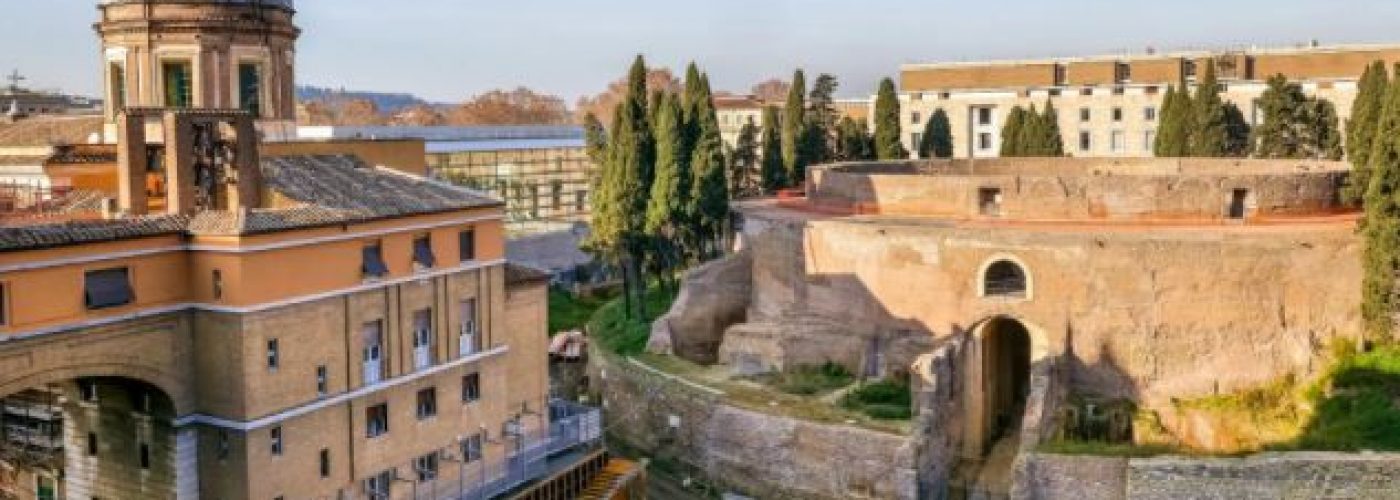The Final Resting Place of Rome's First Emperor Reopens to the Public
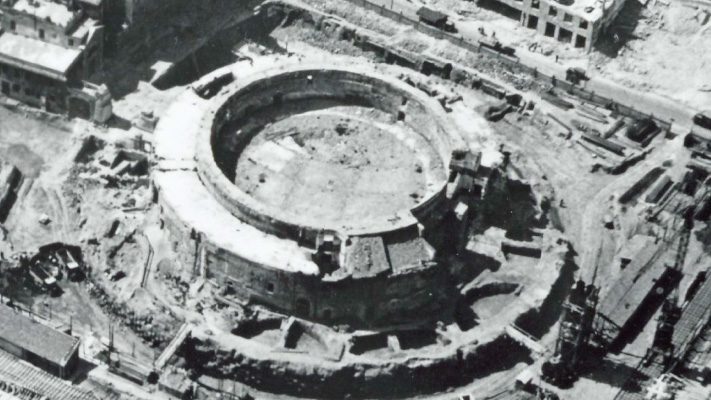
The Mausoleum of Augustus is one of Rome’s lesser-known monuments. This is largely because it has been closed to the public for much of the last 80 years with access completely stopped in 2007.
The City of Rome, along with sponsorship from the service provider TIM, has completed the restoration of the 13,000m² mausoleum to the sum of over €10 million. The tickets are currently limited and entry has been interrupted by Covid-19 related restrictions, for all info you can visit the official website here.
So with all of the other major historical monuments in Rome, why is this one such a big deal? Let’s find out, shall we?!
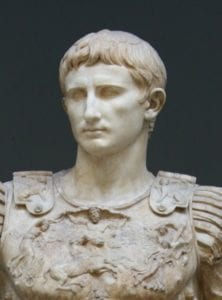
Who Was Augustus?
There is a lot to say about Augustus, but for today we are going to skip most of it, all you really need to know is that…
Augustus is considered to be the first Emperor of Rome.
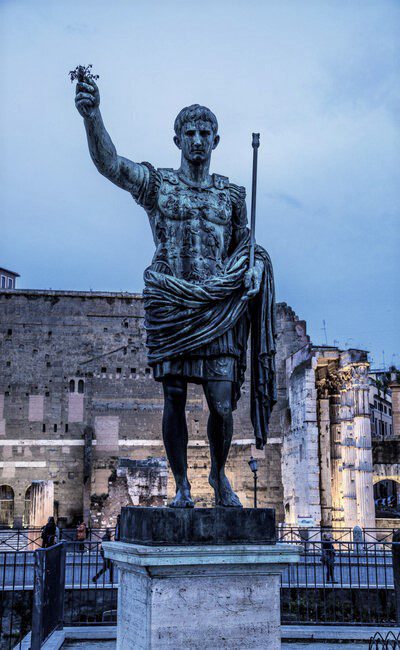
Why Did Augustus Build His Mausoleum?
Born Gaius Octavius in 63 BCE – he ran through a few different names and titles before landing on Augustus but this blog is not about that, so for clarity, we’ll just call him Augustus from here on. His mother, Atia, was niece to Julius Caesar who actually posthumously adopted Augustus as his son and therefore his heir.
Remember, at the time you had a couple of players fighting for the captain’s seat, and Mark Antony was one of them. The people of Rome had hesitations about Antony as a leader. There was suspicion that due to his relationship with Cleopatra he planned on moving the capital of Rome to Egypt. When, in his will, he expressed that he be buried in Alexandria, these suspicions were all but confirmed.
Cleverly, Augustus at the fresh age of 30, had his mausoleum built in the city of Rome. It was a demonstration to the people that his allegiance to Rome and her citizens was rock solid. It was also an enormous and effective way to silence anyone that questioned his position and authority.
“[Augustus] did not want to appear as a monarch,…[but] on seeing the mausoleum…there could be no doubt about who controlled the destiny of Rome.”

Size Does Matter
The Mausoleum of Augustus stood around 90m high and was covered in marble and travertine. The summit of its mound had evergreen trees and in the center there was a huge statue of Augustus. You know, just something subtle and modest…oooorr maybe not.
Did you know: Emperor Hadrian later modeled his mausoleum after that of Augustus, today we know Hadrian’s Mausoleum as Castel Sant’Angelo in Rome.
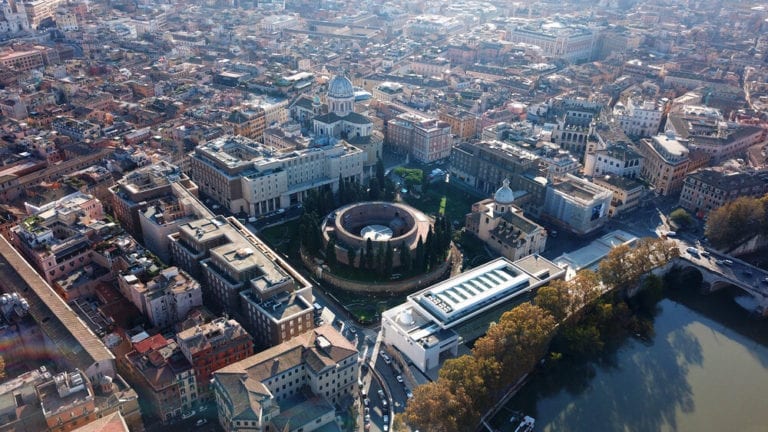
Putting the Mausoleum to Good Use
Augustus died in 14 CE in a town called Nola, near Naples.
Augustus, despite having built his mausoleum for his burial, was not the first nor the last person laid to rest within its walls. Some notable names include:
23 BCE Marcellus, Son of Octavia
12 BCE Marcus Agrippa, best friend to Augustus
11 BCE Octavia, Augustus’ sister
9 BCE Drusus, son of Livia – third wife to Augustus
2 CE Lucius & 4 CE Caius, sons of Agrippa
14 CE Augustus, First Emperor of Rome
19 CE Germanicus, father to Caligula
29 CE Livia, wife of Augustus
37 CE Agrippina, mother of Caligula
37 CE Tiberius, Second Emperor of Rome
41 CE Caligula, Third Emperor of Rome
54 CE Claudius, Fourth Emperor of Rome
79 CE Vespasian, Ninth Emperor of Rome (temporarily)
98 CE Nerva, Twelfth Emperor of Rome
217 CE Julia Domna, wife of Septimius Severus (temporarily)
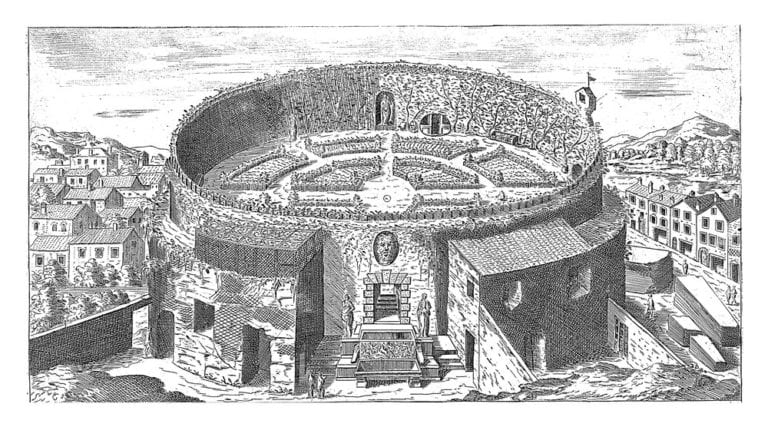
Reused, Repurposed, Ruined, Restored
In the early years of the first millennium, the Ancient Roman tombs became fortresses. It was the famous Colonna family that took possession of the Mausoleum of Augustus. As time went on ownership passed from family to family and at one point the upper gardens even became a working vineyard. Yes, please!
In the 15th century marble furnaces popped up in the area. This suggests that marble was being sacked from the mausoleum, and many houses were constructed against the structure for support.
By the end of the Middle Ages what was once a free-standing form, had become one of the most populous areas in the whole city. By 1471, the mausoleum had been abandoned and covered with earth. It wasn’t until excavations in 1519 that one of the two obelisks that had adorned Augustus’ Mausoleum was uncovered. The second one was found in 1786. You can still see these twin obelisks in Rome today. The first in Piazza dell’ Esquilino and the second in Piazza del Quirinale.
In 1546, Francesco Sodernini refurbished and redesigned the mausoleum intending to return it to its former splendour.
In the first half of the 18th century, the mausoleum was acquired by a Portuguese man who rented it to a Spaniard, who in turn used it as an inn. He built a wooden amphitheatre in the large gardens above the walls and held Spanish-style bullfights for 3 years.
The inn then closed and the Portuguese owner hosted games known as “La Giostra della Bufala.” These games were trials of strength and skills with bulls in the Roman style and it proved to be much more successful than the Spanish entertainment that preceded it.

Mausoleum of Augustus: A Circus and a Theater
In 1802, the Apostolic Chamber acquired the mausoleum. The games continued with the addition of fireworks displays which endured all the way to 1844.
After which point the mausoleum was host to acrobatic displays, equestrian shows, and theatrical performances. It was closed to the public due to safety concerns.
In 1908, the concert hall at the Mausoleum of Augustus was inaugurated and hosted many of Europe’s best performers before it was ordered to be demolished by Mussolini in 1939.
Mussolini had the intention to restore Ancient Roman monuments to their intended conditions. In a bid to “re-isolate” the mausoleum as Augustus had built it, he ordered the surrounding buildings to be destroyed.
As a result, the site has remained out of the public’s reach for much of the last 80 years. It is extremely exciting to see its doors reopen to the people of Rome and visitors from all over the world.

